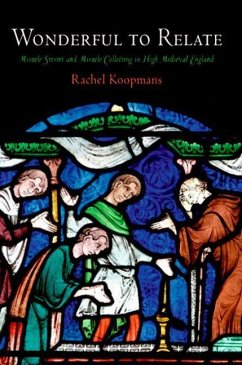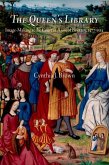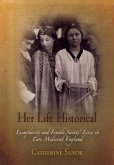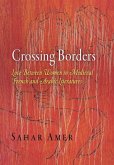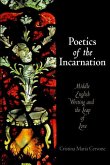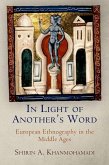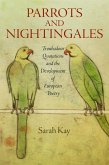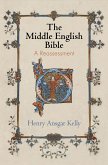While the late Anglo-Saxons rarely recorded saints' posthumous miracles, a shift occurred as monastic writers of the late eleventh and twelfth centuries started to preserve hundreds of the stories they had heard of healings, acts of vengeance, resurrections, recoveries, and other miraculous deeds effected by their local saints. Indeed, Rachel Koopmans contends, the miracle collection quickly became a defining genre of high medieval English monastic culture.
Koopmans surveys more than seventy-five collections and offers a new model for understanding how miracle stories were generated, circulated, and replicated. She argues that orally exchanged narratives carried far more propagandistic power than those preserved in manuscripts; stresses the literary and memorial roles of miracle collecting; and traces changes in form and content as the focus of the collectors shifted from the stories told by religious colleagues to those told by lay visitors to their churches.
Wonderful to Relate highlights the importance of the two massive collections written by Benedict of Peterborough and William of Canterbury in the wake of the murder of Thomas Becket in 1170. Koopmans provides the first in-depth examination of the creation and influence of the Becket compilations, often deemed the greatest of all medieval miracle collections. In a final section, she ponders the decline of miracle collecting in the thirteenth century, which occurred with the advent of formalized canonization procedures and theological means of engaging with the miraculous.
Koopmans surveys more than seventy-five collections and offers a new model for understanding how miracle stories were generated, circulated, and replicated. She argues that orally exchanged narratives carried far more propagandistic power than those preserved in manuscripts; stresses the literary and memorial roles of miracle collecting; and traces changes in form and content as the focus of the collectors shifted from the stories told by religious colleagues to those told by lay visitors to their churches.
Wonderful to Relate highlights the importance of the two massive collections written by Benedict of Peterborough and William of Canterbury in the wake of the murder of Thomas Becket in 1170. Koopmans provides the first in-depth examination of the creation and influence of the Becket compilations, often deemed the greatest of all medieval miracle collections. In a final section, she ponders the decline of miracle collecting in the thirteenth century, which occurred with the advent of formalized canonization procedures and theological means of engaging with the miraculous.
Dieser Download kann aus rechtlichen Gründen nur mit Rechnungsadresse in A, D ausgeliefert werden.

